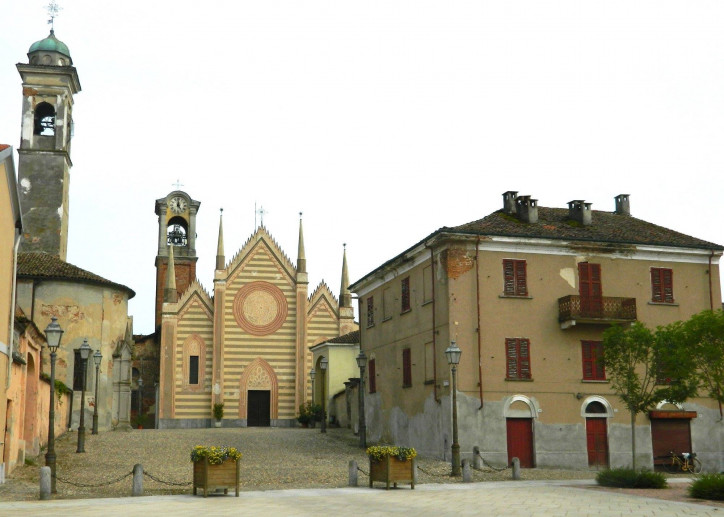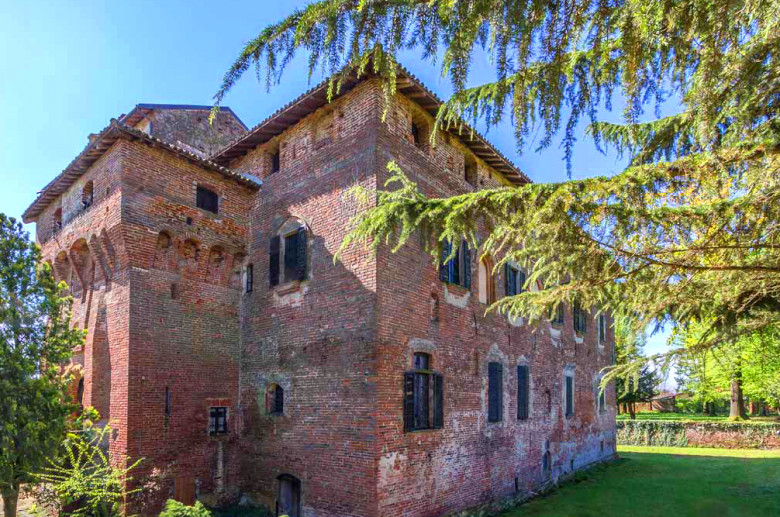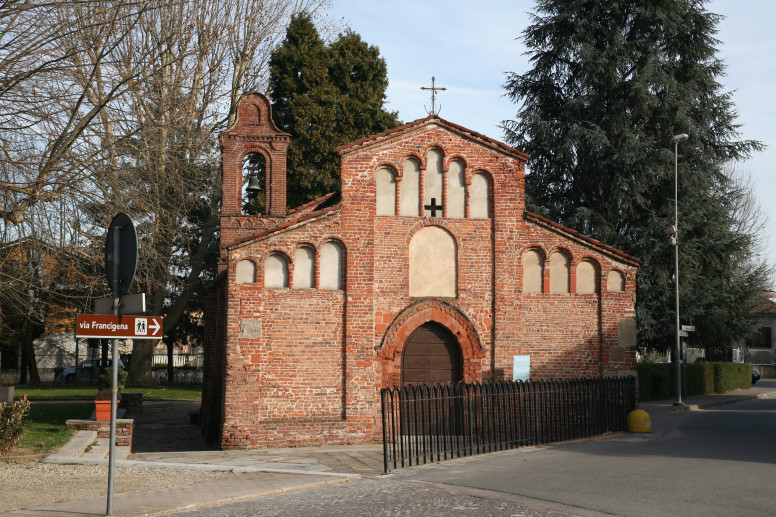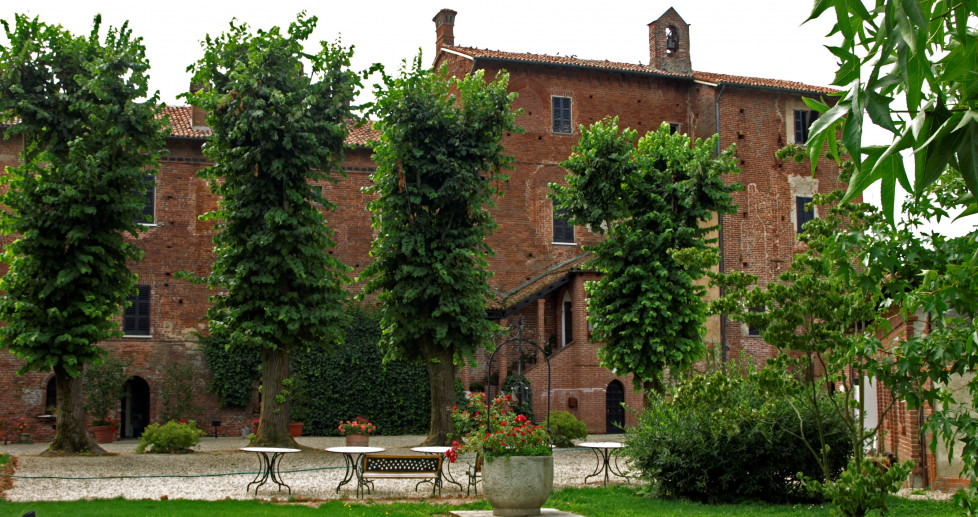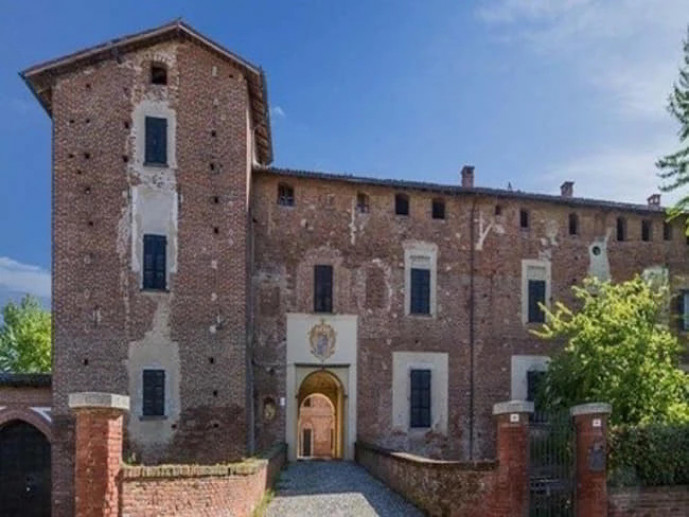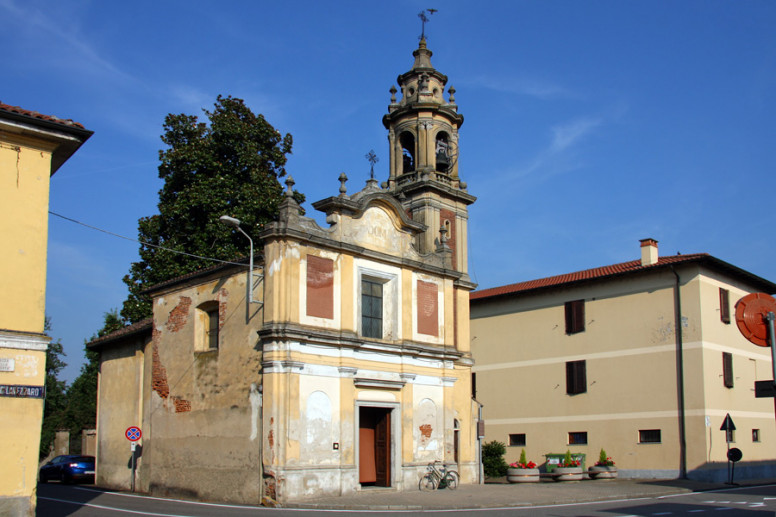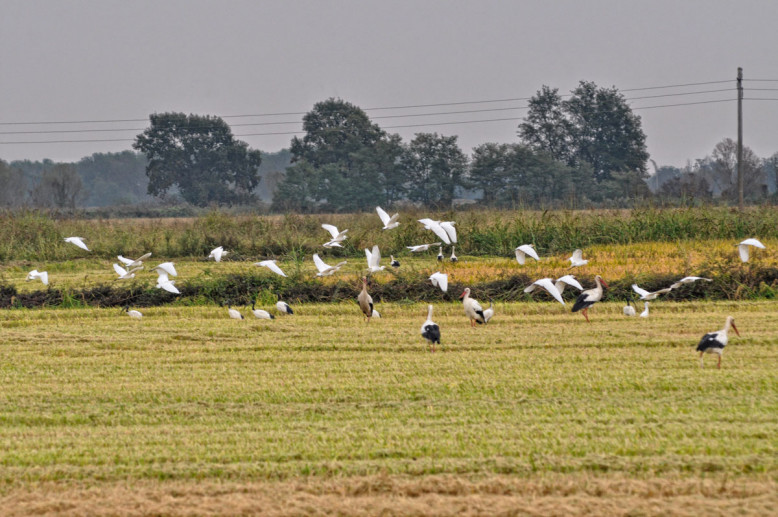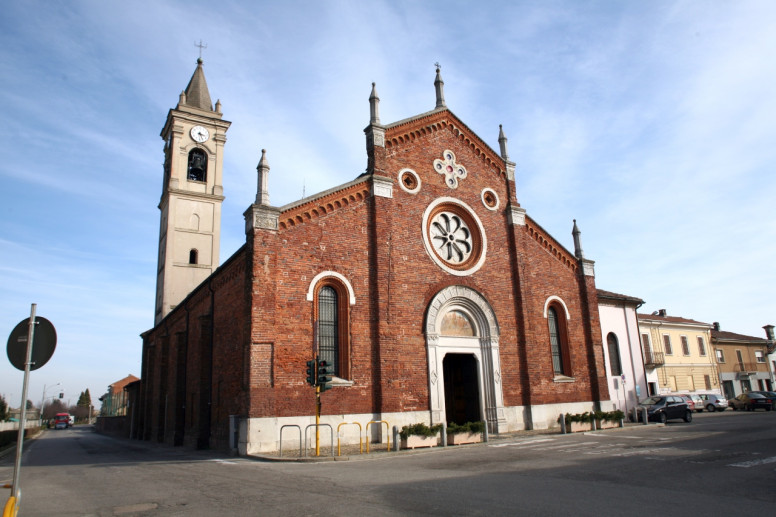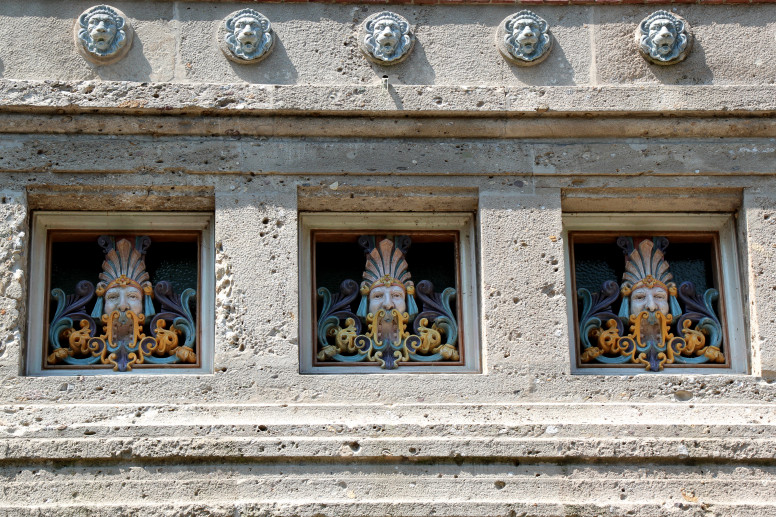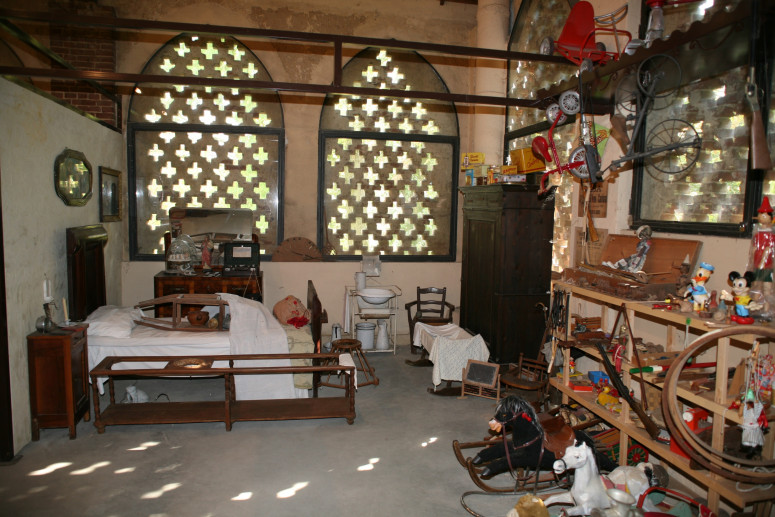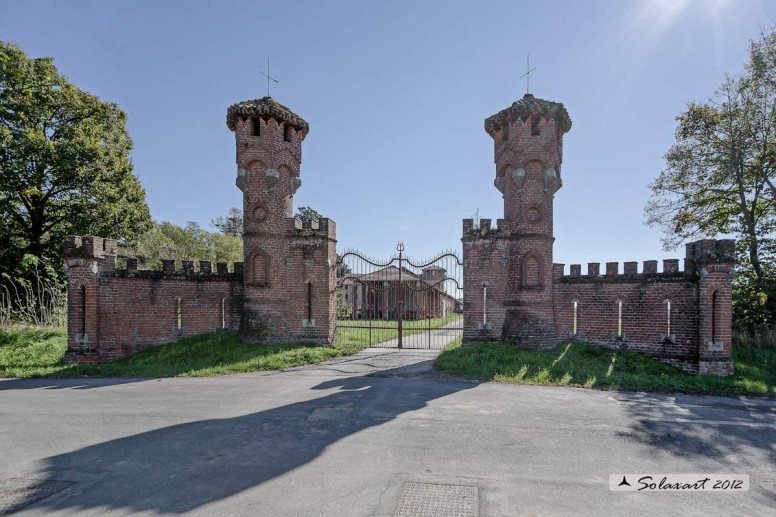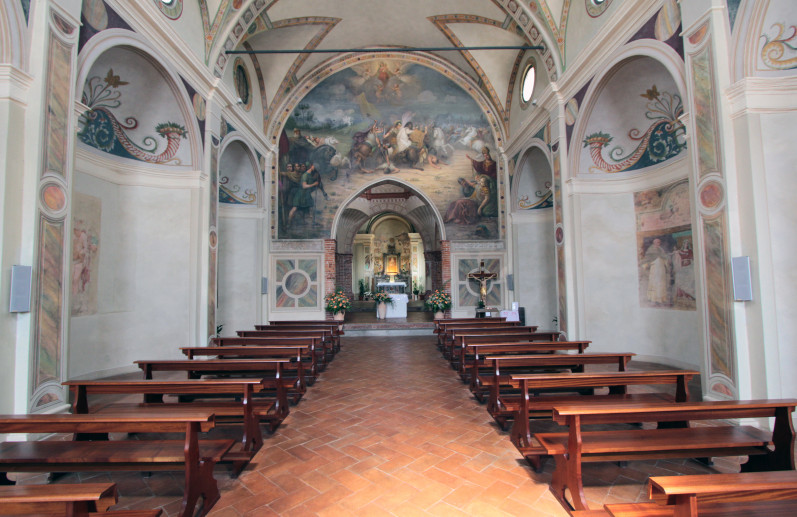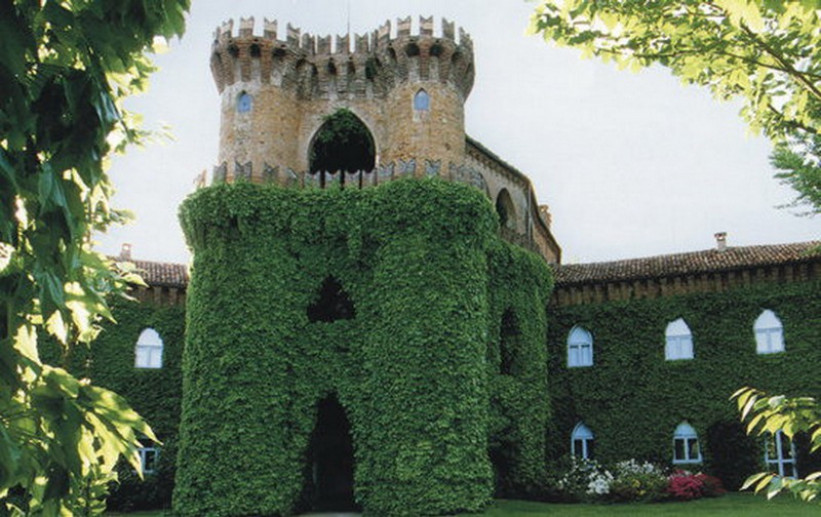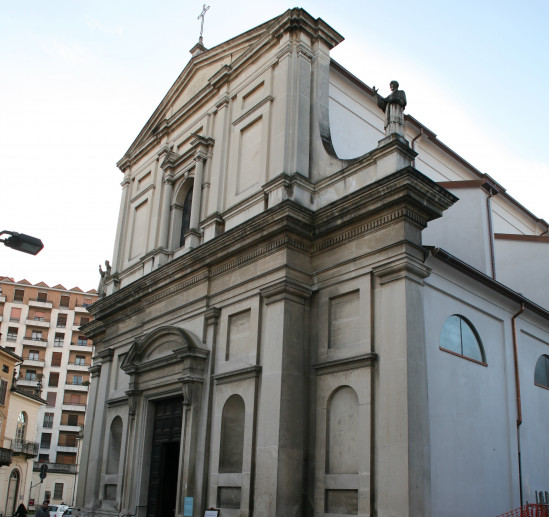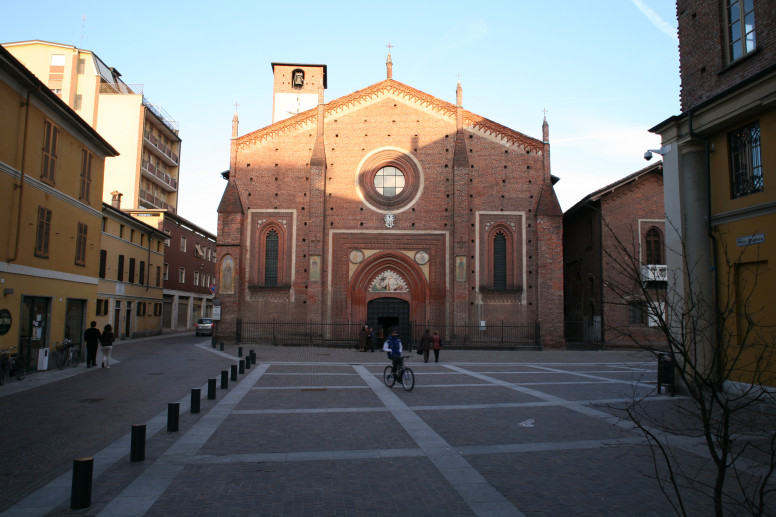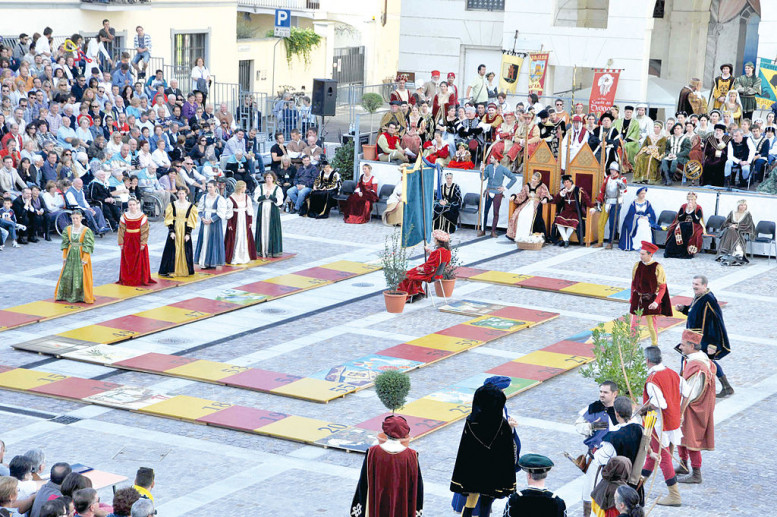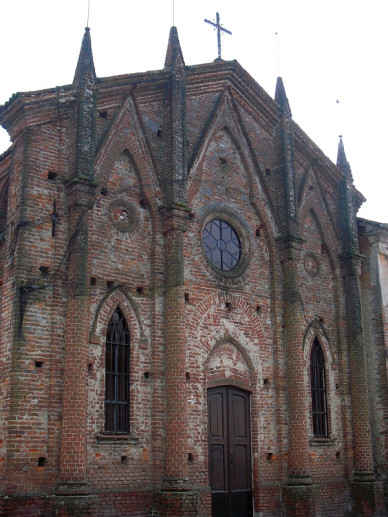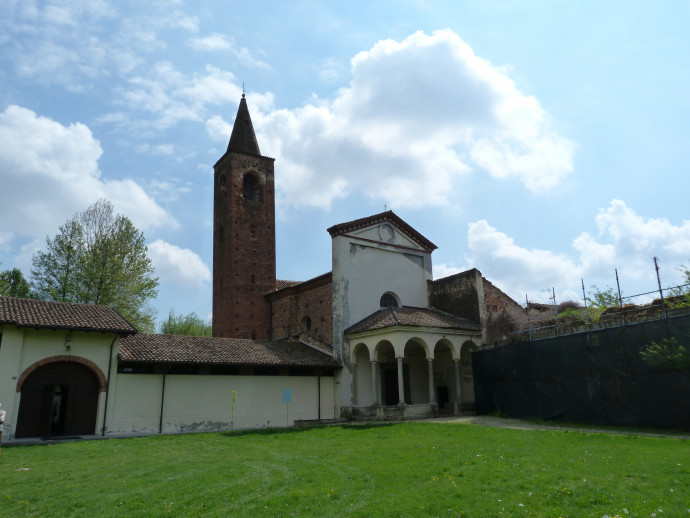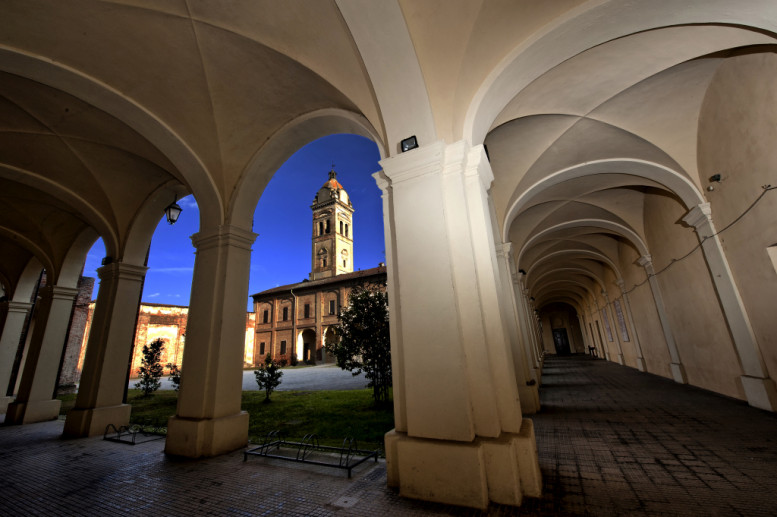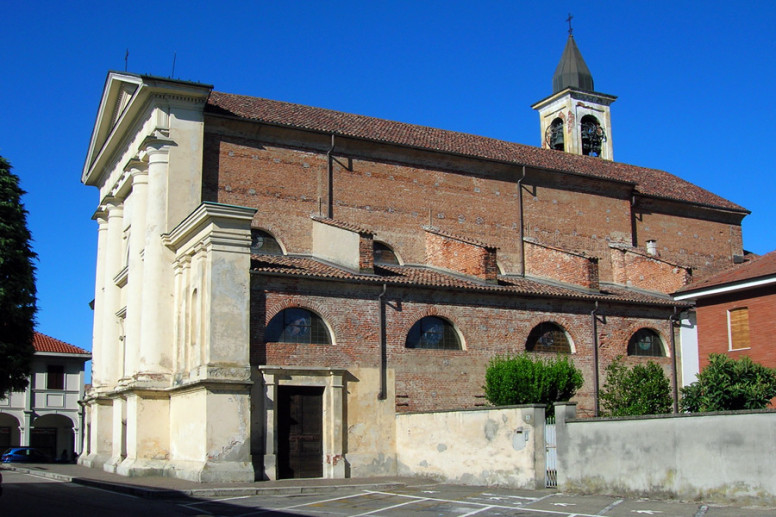- Active & Green
Celpenchio Heronry
A day immersed in nature in the heart of Lomellina
A nesting site for hundreds of herons, it hosts one of the most beautiful heron colonies in Europe.
The Natural Monument "Garzaia di Celpenchio" is located in the municipal territories of Cozzo, Rosasco, and Castelnovetto. Its extent includes a protected area made up of two distinct nuclei covering a total of 48 hectares, with a wide surrounding buffer zone of 92 hectares.
The Celpenchio Natural Monument extends at an average altitude of 105 meters above sea level in the southern-central Lomellina, corresponding to an area of paleo-meander that is slightly lower than the surrounding flat plain.
The very permeable soils and the abundant presence of flowing water in the ditches that cross the monument allow the development and preservation of flora typical of hygrophilous environments with high naturalistic value.
The main vegetation formation in the two protected nuclei consists of mixed reed beds, with the Phragmites australis (common reed) population being particularly dense. There is also a dense cover of Solidago gigantea (giant goldenrod) and Typha latifolia, which form the upper herbaceous layer. This herbaceous layer is often interrupted by shrubby formations with groupings of Salix species (Salix caprea, Salix cinerea), and tree species with clusters of white willow (Salix alba).
In the "Garzaia di Celpenchio" Natural Monument, five species of herons currently nest: Night heron (Nycticorax nycticorax), Little egret (Egretta garzetta), Purple heron (Ardea purpurea), Squacco heron (Ardeola ralloides), and Cattle egret (Bubulcus ibis). The highest concentration of nests is found in the shrub willow grove that forms the eastern nucleus of the monument, and the presence of nests on the branches of the willows allows easy observation of various stages of incubation and chick growth.
There are also abundant populations of other nesting and migratory bird species that find good shelter and food sources in the water bodies and reed beds. In the forested areas, various mammal and reptile species take refuge, while some amphibian species lay their eggs in the wet areas.
